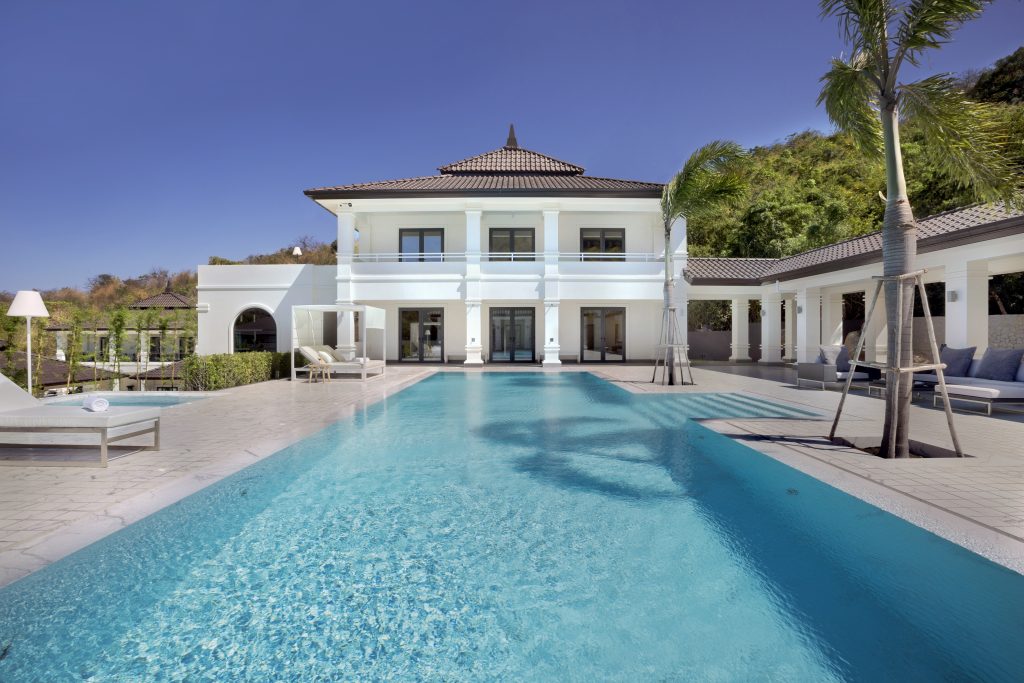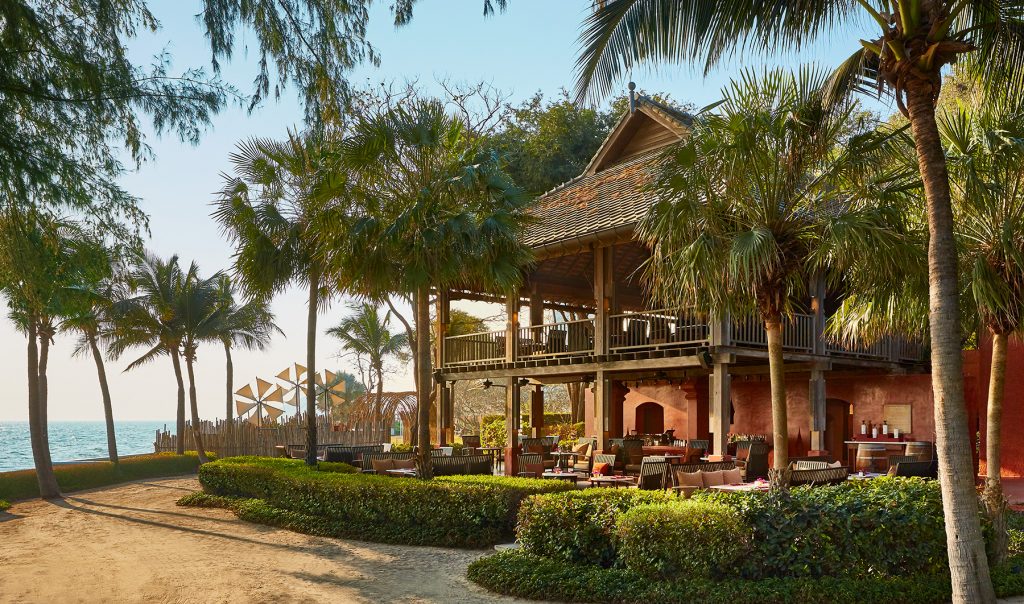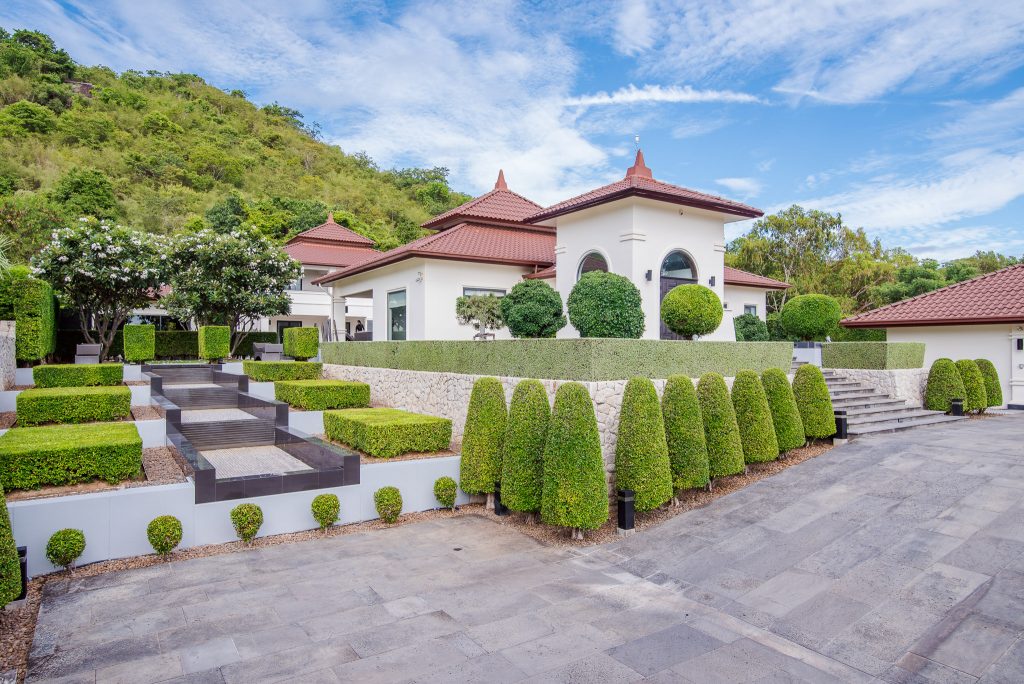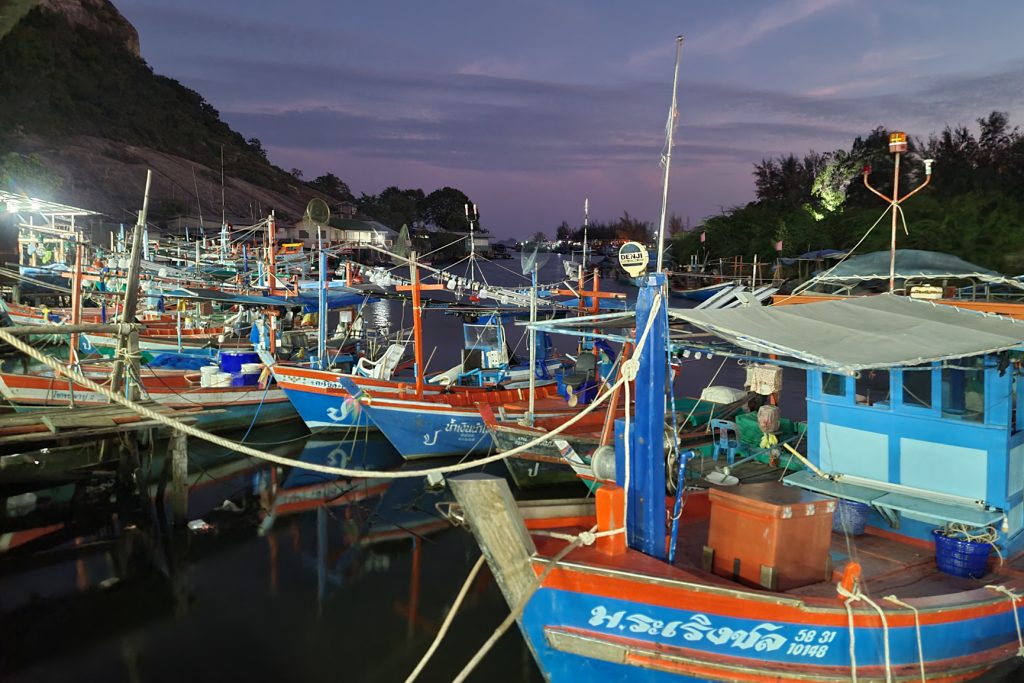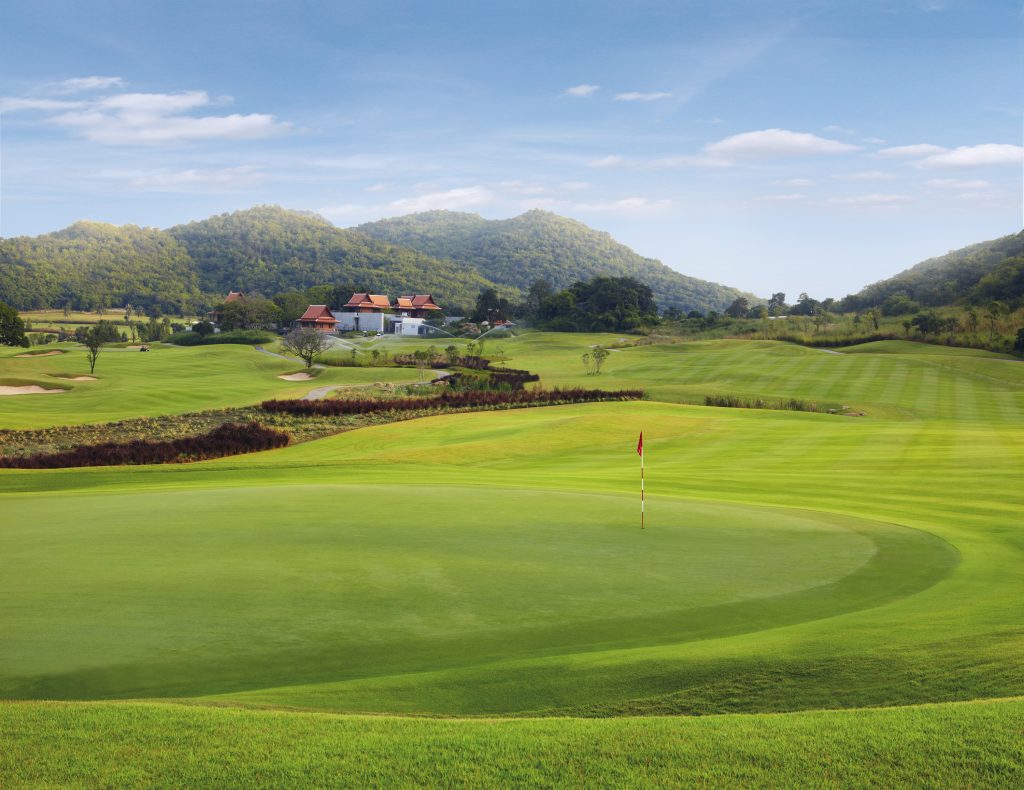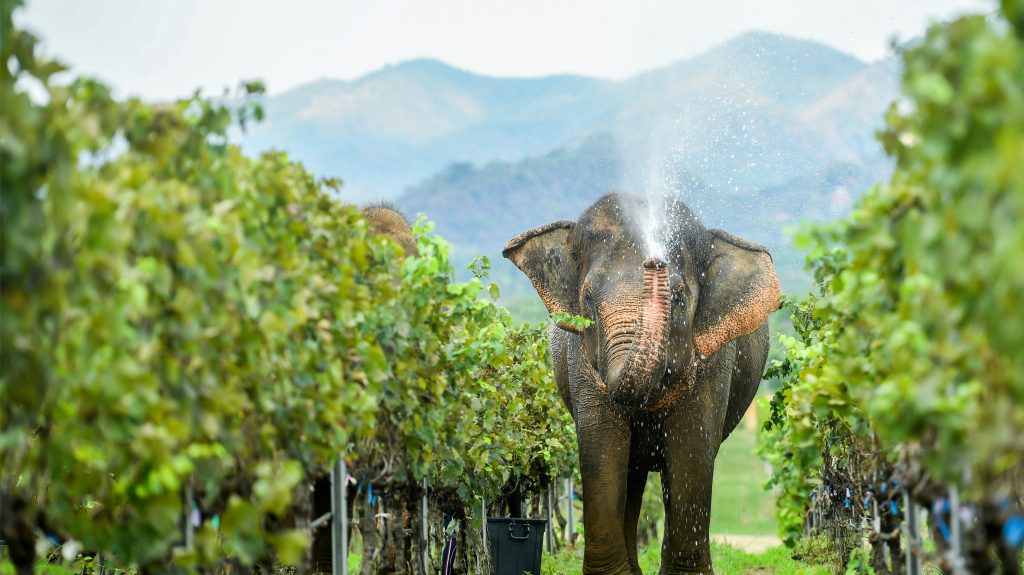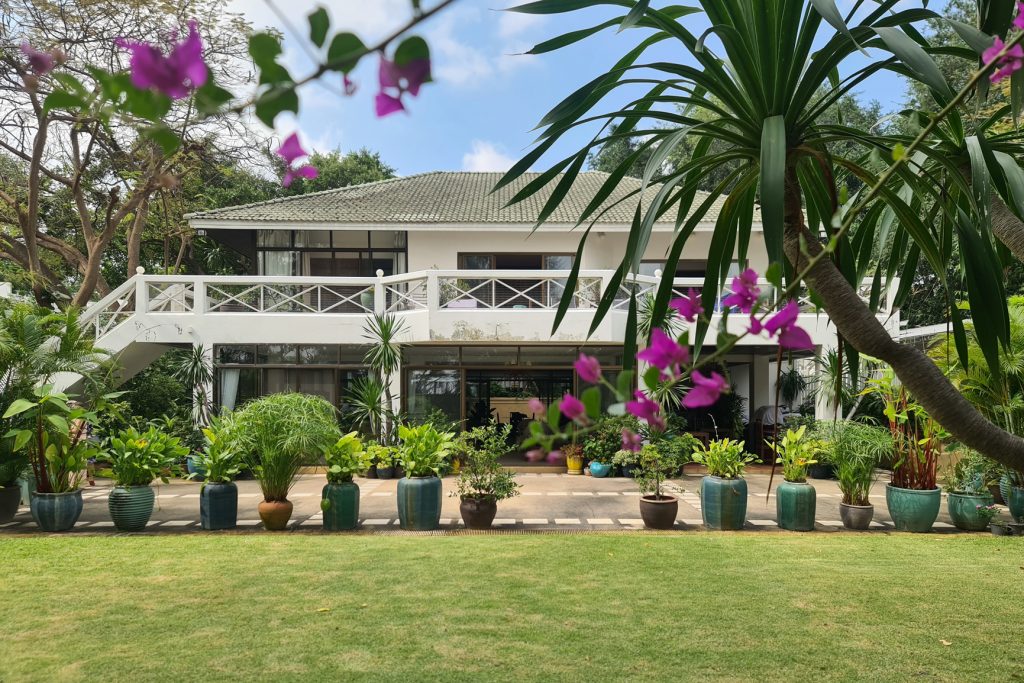The magic of the Hamptons in our backyard.
By Aiden Jewelle Gonzales
Hua Hin often evokes one of two feelings: like me, nostalgia for old family vacations to the seaside, only a few hours’ drive from Bangkok; or more often, a sense of time having paused in this sleepy fisherman’s village-cum-summer retreat for the royals of old. When I was invited to a familiarisation trip that would “showcase the Hampton’s High Life in Hua Hin,” I admit I was puzzled by the comparison. While Hua Hin might still be an official royal residence and home to Klai Kangwon Palace, I initially couldn’t see much in common with the renowned getaway for the Who’s Who of American plutocrats and glitterati, where the average house price can set one back over USD 2.5 million.
However, this trip, spanning 26 to 28 November, opened my eyes to the possibilities of this longtime holiday destination. “What The Hamptons has to offer to New Yorkers, that’s what Hua Hin has to offer to Bangkokians,” Tjeert Kwant, the Group CEO of Banyan (not to be confused with Banyan Tree) advised. “The natural beauty, rich history and favourable geography that put The Hamptons on the global map are all coming into play in Hua Hin. Just as the USA boomed in the 20th Century, the 21st Century belongs to Asia.” To that end, he waxed eloquent on the two archetypal destinations’ similarities: both fishing villages whose popularity soon skyrocketed, their iconic railway stations and place along key transport routes driving their recognition; both with vast acres of vineyards and golf courses to attract a particular breed of sophisticated visitor looking for a break from the city’s frenetic bustle; both with heritage beach homes from their storied history; and both with much to offer in its rich art, culinary, and wellbeing scene.
To further shepherd along this comparison, Banyan Thailand has been working closely with local businesses to put Hua Hin on the map, all of whom had come together to take us on a weekend of discovery of ‘The Hamptons of Bangkok,’ and whose unique offerings can be accessed through the Banyan Privilege Card.
Arriving in Hua Hin, we were immediately ushered into THE BARAI, a sprawling complex of 18 treatment rooms and eight suites tucked into a cloister reminiscent of the Angkor temple complexes in Cambodia, with elements from Peru and Morocco. A bid to highlight Hua Hin as a high-end wellness destination, we spent a very serene hour wandering its maze-like pathways interspersed with Zen gardens of century-old trees; a seamless flow of intriguing architectural features that drew on the four traditional Thai elements. “The idea is to get lost, and in doing so, find yourself,” I was told, and indeed when we stepped out, it felt rather like a rebirth, one that I’m sure visitors would appreciate when looking to sink themselves into ancient Thai and Chinese knowledge, and thus let go of their travails.
As part of the Hyatt Regency Hua Hin, THE BARAI sits next to the renowned McFarland House, one of the aforementioned Heritage Beach Homes that gives Hua Hin its unique character. Originally given to Dr. George Bradley McFarland by King Rama VI for medical services rendered to his royal personage, the land had sheltered McFarland House since the 19th Century, a structure that had been meticulously restored and now stood for posterity as a must-visit beachside restaurant. As the sea breeze blows in, it’s easy to see how the old missionary’s spirit lives on in their careful preservation of his legacy, the pictures on the wall, and in a more playful vein, a specialty burger named after him; all enticements for the visitor hungry for local history.
After our sybaritic lunch, we finally stepped foot into the star of the weekend, the Banyan Residences Villas Hua Hin, introduced to us as “an integrated healthy active lifestyle community in a stunning landscape.” Tucked between the mountains and the sea, the property is perched on an expansive 85 rai, with currently 53 luxury villas starting at THB 20 million, to over THB 100 million, and space to build another 48 villas. The five pillars of Banyan, we were told, are: health, active, social, wellness, and green. To that end, the residences are focused on the health, wellness, and social elements, the latter hoping to build Hua Hin’s growing local and expat scene with a multi-generational community of people seeking a slower-paced lifestyle away from Bangkok, but still with all the creature comforts that they may desire. Their current clientele, we were informed, consist of both foreign families and retirees, with a sharp increase in the number of Bangkokians since 2020. Each property is customised in accordance with the personal wishes of the buyer.
The first villa we viewed was a sprawling, multi-storey property that was valued at a cool THB 70 million, with its own private pool looking out onto the azure waters of the Gulf of Thailand, and plenty of space for a home office, exclusive rooftop events, and even a home gym with a stunning view of the seascape. Meanwhile, the villa we called home for the weekend was a five-bedroom compound designed around a middle communal space, which consisted of a sitting room, capacious open-plan kitchen, infinity pool, patio with an elongated dining table for both casual and formal dinner parties, and – my favourite element – an elevated deck on the storey above, where you can lounge on a sunchair and gaze at the city below. The villa is run on modern sensibilities, with remote-controlled lights whose brightness and even colour can be changed with the swipe of a thumb. A profesional F&B team can be hired from the Banyan Golf Club to prepare multi-course and delicious meals within the villa; a luxury that we took full advantage of, when we weren’t scarfing down local seaside delicacies at the nearby Fishermen’s Village.
The wellness aspect of the residences was addressed by their concept of ‘urban lifestyle solutions’ for those looking to break away from certain stressors or triggers of the city, developed in partnership with one of the leading wellness consultants in the world. During the weekend, we had a chance to take a tour of their partner, the Be Well Medical Center, which opened in January of 2020 and was touted to be Thailand’s “first clinic with European-style family doctors.” With links to the country’s foremost medical providers, such as Bumrungrad International Hospital and Samitivej, the centre aims to set a model for primary care in the region, as an interface between patients and hospitals, and is replete with two treatment rooms, two examination rooms, multiple specialists, and even space for physiotherapy, rehabilitative care, and acupuncture.
Close to the Banyan Residences Villas is the celebrated 18-hole, 450-rai Banyan Golf Club, which has won much acclaim, including the Best Golf Club Experience in Asia Pacific by the Asian Golf Awards, and has hosted numerous events over the years, including the recent Thailand Championships Tour, and even a handful of intimate Indian weddings. Formerly a pineapple plantation – cheekily referenced by their coloured pineapple golf markers dotted throughout – the course is a meticulously-cultivated representation of that elusive ‘Hampton high life’, but one that is still accessible to the public, and that does not lean into excess despite its plush grounds. With a focus on sustainability, they are currently re-hauling their irrigation system for maximum efficiency and minimal water waste.
The other comparison made to The Hamptons was that of Hua Hin’s (literally) thriving wine scene, and to showcase this, we had a chance to visit Monsoon Valley, one of Thailand’s more well known local wine brands, which began life in 2001. A prolific, 560-acre plantation that produces over 300,000 bottles of Monsoon wine per year, during pre-Covid times, their most popular vintages include their White Shiraz, which had won the coveted World’s Best Rosé Award by James Suckling. They had also produced, I was excited to learn, Thailand’s first ever locally-produced Merlot, and come harvest season at the beginning of the year, guests are invited to partake in their grape stomping and picking activity. All their wines were cultivated to complement Thai food, which you can sample at their al fresco restaurant overlooking the vineyards, although I would recommend that you opt for their Italian options, which were authentic and delicious in the extreme. The vineyard also abuts an elephant reservation, on which you can participate in activities such as sunrise yoga with the elephants, for those looking for an ethical, nature-driven experience with Thailand’s renowned gentle giants.
Finally, we rounded off our whirlwind, eye-opening tour of Hua Hin with a visit to the historic Baan Laksasubha, where we met the owner of this century-old Heritage Home, M.L. Laksasubha herself, who gave us the illustrious history of her family in Hua Hin, dating back to her great grandfather, His Royal Highness Prince Krisda Bhiniharn, Prince Naresra Varariddhi, after whom Soi Naresdamri was named.
“After the pandemic, people have rediscovered places like Hua Hin in their own backyard,” she tells us. “I think the image of Hua Hin is evolving, but it’ll always have its own history and culture that can never be taken away, no matter the developments” – an apt summary of our rediscovery, and the reinvention, of this iconic Thai destination.
BANYAN THAILAND, HUA HIN
Blue Lotus Hua Hin (Thailand) Co., Ltd. 68/35 Mooban Hua Na,
Tambol Nong Gae, Hua Hin, Prachuabkirikhan 77110, Thailand
Tel for Golf Club: 032-616-200
Tel for Residences and Village: 032-538-888
www.banyanthailand.com



